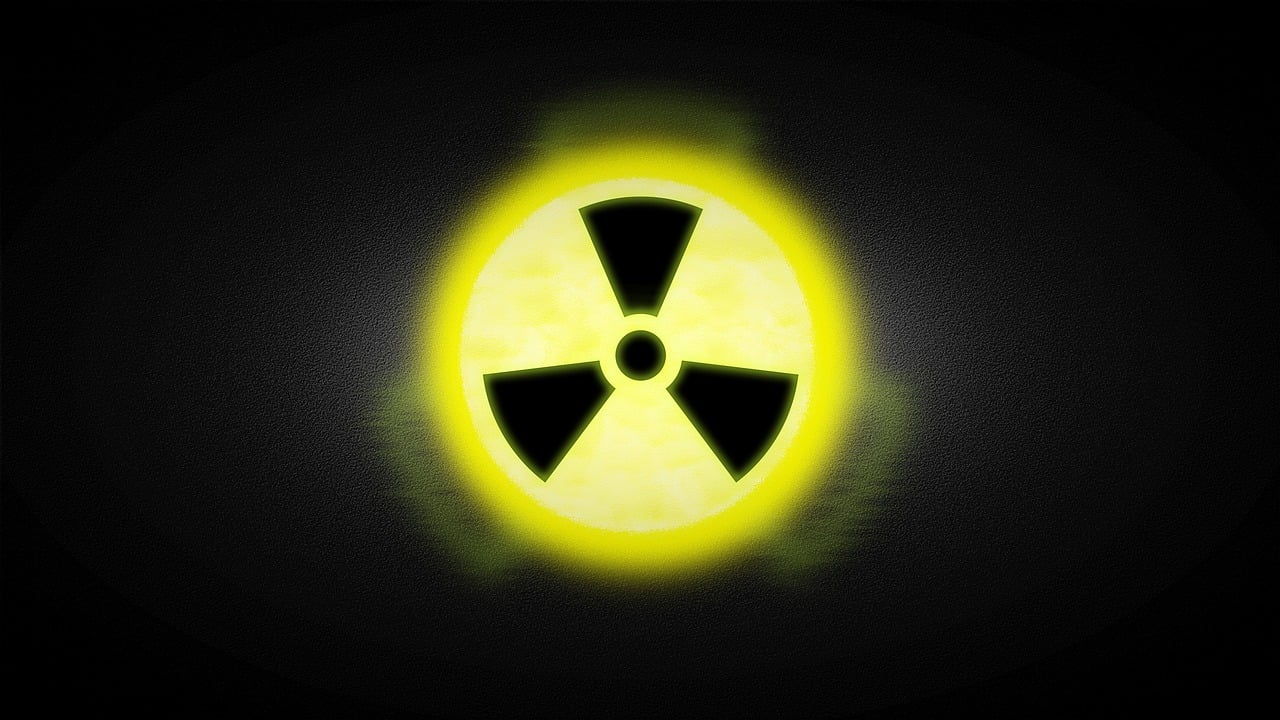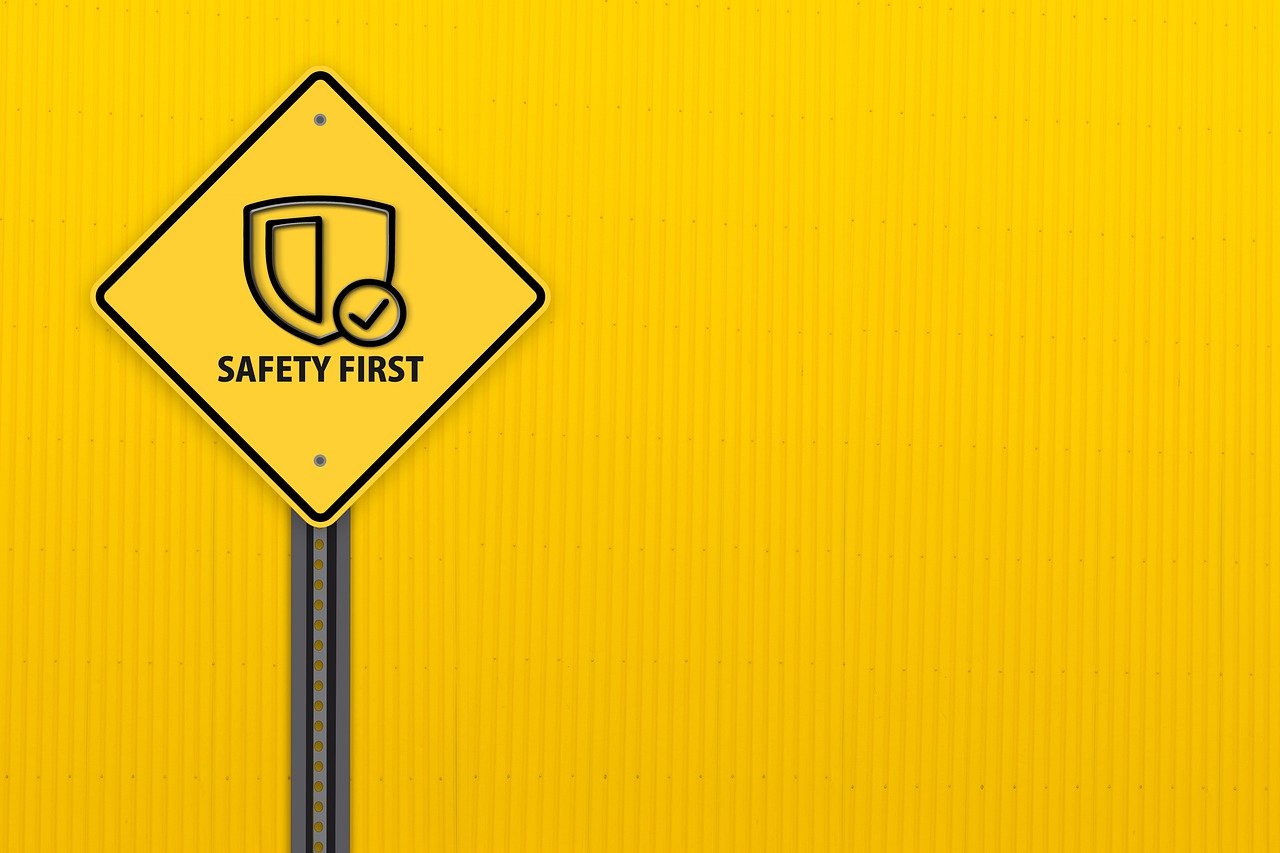In today’s industrial landscape, efficiency and sustainability are more important than ever. One effective way to achieve these goals is through the use of waste heat boilers, specialized systems that recover excess heat generated by industrial processes. Instead of letting valuable energy escape into the environment, these boilers convert waste heat into useful steam or hot water. This article delves into what waste heat boilers are, how they work, and why they are a vital tool for industries looking to cut costs and reduce their carbon footprint.
What is a Waste Heat Boiler?
A waste heat boiler is a system that captures and utilizes the excess thermal energy produced by industrial processes or equipment, such as gas turbines, engines, or chemical reactions. This “waste heat” is often released as hot exhaust gases, and if left unchecked, it dissipates into the environment, wasting potential energy. Waste heat boilers efficiently transform this energy into steam or hot water, which can then be harnessed for power generation, heating, or further industrial use. This not only enhances energy efficiency but also helps in cutting operational costs and lowering environmental impact.
How Waste Heat Boilers Work
The operation of a waste heat boiler involves capturing heat from exhaust gases using heat exchangers. Here’s how the process unfolds:
- Heat Capture: Waste gases from industrial equipment or processes flow through the boiler system.
- Heat Transfer: The boiler contains heat exchangers that absorb thermal energy from these gases and transfer it to a working fluid, typically water.
- Steam or Hot Water Generation: The absorbed heat converts the water into steam or hot water, which can then be utilized for various applications.
This process not only optimizes energy use but also helps maintain the efficiency of equipment by reducing thermal stress on machinery.
Types of Waste Heat Boilers
Different types of waste heat boilers are used based on specific industrial requirements:
1. Fire-Tube Waste Heat Boilers
In these systems, hot gases pass through tubes that are surrounded by water. The heat from the gases transfers to the water, generating steam. Fire-tube boilers are suitable for low to moderate pressure and temperature applications, making them common in smaller operations.
2. Water-Tube Waste Heat Boilers
Here, water flows through tubes surrounded by hot gases. Water-tube boilers are built to handle high-pressure and high-temperature environments and are frequently used in large-scale industrial facilities or power plants. They are ideal for applications that require a high volume of steam.
3. Combination Waste Heat Boilers
These versatile systems are designed to recover heat from multiple sources and can handle a range of temperatures. They are well-suited for complex industrial applications where waste heat comes from various processes.
Applications of Waste Heat Boilers
Waste heat boilers are a staple in numerous industries, each benefiting from increased energy efficiency and reduced operational costs. Key applications include:
1. Power Generation
In power plants, waste heat from gas turbines or engines can be captured and used to generate additional electricity, boosting overall plant efficiency.
2. Chemical and Petrochemical Industries
Waste heat from chemical reactions and combustion processes is often repurposed to produce steam, which is then used for heating or other essential functions.
3. Cement and Steel Plants
Cement and steel manufacturing processes generate significant waste heat, which can be recovered and reused to power machinery or assist in production processes.
4. Food and Beverage Industry
In food processing, waste heat can be used to power steam turbines or provide heating for various stages of production, improving energy utilization.
5. Refineries and Oil & Gas Facilities
Flue gases from refining processes contain a substantial amount of waste heat. Waste heat boilers can recover this energy, significantly cutting down energy consumption and costs.
Benefits of Waste Heat Boilers
The adoption of waste heat boilers brings a host of advantages, making them a smart choice for industries focused on efficiency and environmental responsibility:
1. Enhanced Energy Efficiency
By converting waste heat into usable energy, these systems improve the overall efficiency of industrial operations, reducing the need for additional fuel and lowering energy costs.
2. Cost Savings
The initial investment in a waste heat boiler can lead to significant long-term savings. Industries can drastically cut their energy bills and improve their bottom line by reusing otherwise wasted energy.
3. Lower Carbon Footprint
Capturing and utilizing waste heat reduces greenhouse gas emissions, making waste heat boilers an environmentally friendly option. This contributes to a company’s sustainability goals and helps meet regulatory requirements.
4. Improved Process Efficiency
Not only do waste heat boilers generate steam or hot water, but they also stabilize and enhance the efficiency of industrial processes by optimizing heat distribution.
5. Equipment Longevity
By managing excess heat efficiently, these systems can reduce thermal stress on industrial equipment, extending the life of machinery and minimizing maintenance needs.
Design Considerations for Waste Heat Boilers
Designing or selecting the right waste heat boiler requires careful evaluation of several factors:
- Source and Temperature of Waste Heat: The characteristics of the heat source, such as temperature and flow rate, dictate the boiler’s design and specifications.
- Desired Output: The type and amount of energy output required, whether it’s steam or hot water, impact the boiler design.
- Pressure and Temperature Requirements: Different industrial applications have unique demands, and the boiler must be able to meet these pressure and temperature criteria.
- Space Constraints: The available space in a facility can influence the size and type of boiler that can be installed.
Challenges and Considerations
While waste heat boilers are beneficial, they come with certain challenges:
- Fluctuating Heat Sources: Variability in the temperature and flow of waste gases can affect the boiler’s efficiency. Systems must be designed to handle these fluctuations.
- Fouling and Corrosion: Waste gases often contain impurities that can lead to fouling or corrosion of the heat exchangers. Regular maintenance is necessary to keep the boiler functioning effectively.
- High Initial Investment: Although waste heat boilers can lead to long-term savings, the initial cost of installation can be high. Companies must evaluate the return on investment before implementation.
Conclusion
Waste heat boilers are a powerful solution for industries looking to improve energy efficiency, cut costs, and reduce their environmental impact. By capturing and reusing waste heat, these systems turn potential energy losses into valuable resources. From power generation to heavy manufacturing, waste heat boilers have a wide range of applications, making them an integral part of the future of sustainable industrial practices. As global energy demands continue to grow, the use of waste heat recovery systems will play an increasingly crucial role in building a more energy-efficient world.















